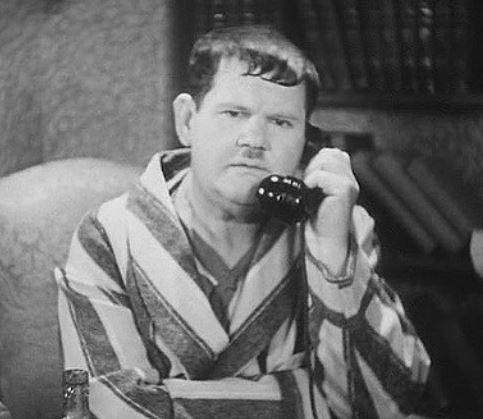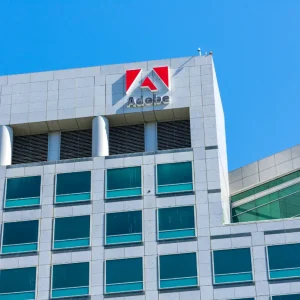
Research has revealed that chatbots have the potential to save businesses £6 billion , with banking and healthcare set for the biggest cost-savings.
Banking and healthcare providers that have implemented bots within their processes are set to save over four minutes per enquiry, which can be translated into cost savings of between $0.50 and $0.70 per interaction.
These findings, from Juniper Research, also revealed that 90 per cent of interactions involving bots will be deemed successful without human input of any kind by 2022.
In the case of healthcare, 75 per cent of interactions will be successful by the same point; if this forecast proves accurate it would be a massive improvement upon the current 12 per cent of successful bot interactions.
READ MORE: Growing phishing & ransomware success hits healthcare
Dean Withey, CEO at ubisend said: “We now live in an age where convenience always wins out. Brands need to solve problems quickly and efficiently and that’s where chatbots prove their worth – they’re quick and get the job done! What’s more AI and messaging services allow brands to improve the consistency of the service they offer.”
ubisend said: “We now live in an age where convenience always wins out. Brands need to solve problems quickly and efficiently and that’s where chatbots prove their worth – they’re quick and get the job done! What’s more AI and messaging services allow brands to improve the consistency of the service they offer.”
This would include any of the anomalies that a business may find in humans that are carrying out these tasks, such as unpredictable emotional responses, or energy levels.
“For businesses, one of the main benefits of AI is that it diagnoses problems people have and then points them in the direction they need to go to get it solved. It’s built on the Pareto principle; if all of the regular inbound questions a brand receives can be automated, you can remove those queries and create a larger, higher quality output for more complex queries”, said Mr Withey.
The progress which automation could provide has also been highlighted in cyber security, as the time of skilled human analysts becomes more precious, the need for an automated solution for dealing with masses of menial tasks becomes more vital.
Dean Withey said: “The conditions are ripe for chatbots now. A perfect storm has been created where technology can now match or exceed consumers’ expectations of how brands should interact with them.






